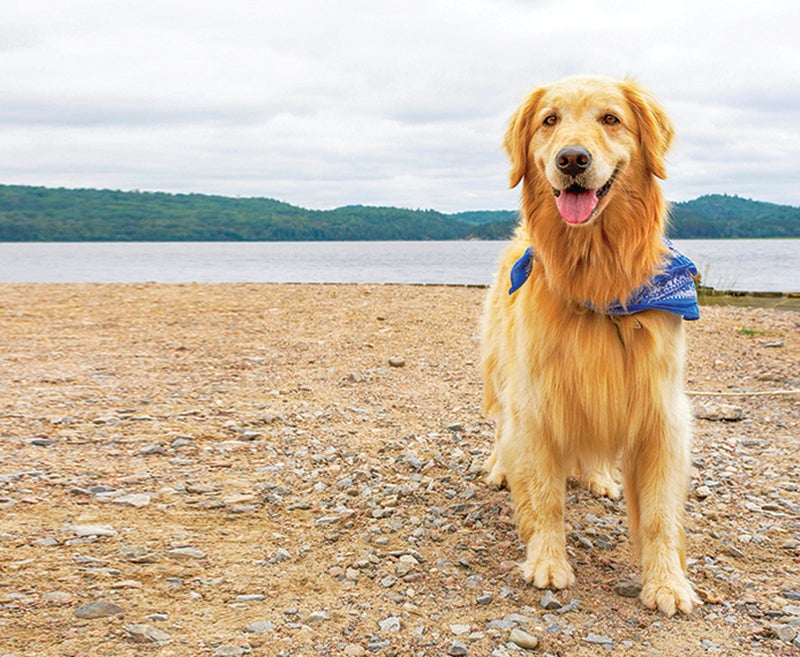Column: Does your pet have allergies? Not necessarily
Published 12:59 pm Thursday, March 2, 2017
Guest Column by Michelle Nelson
Michelle Nelson is the owner of The Pet Authority in Albert Lea.
There is not a day that goes by where a client does not come in with what is perceived to be allergies in his or her pet. Their dog is constantly licking its paw, chewing at the base of his tail (butt scooting) or digging at his ears. What may be going on is not always an allergy; it could very well be yeast overgrowth, which can turn into a yeast infection. Let’s look at how to spot a yeast overgrowth, how to treat a flare-up and tips to prevent it from recurring.

Michelle Nelson
Signs and symptoms:
Yeast infection has a very pungent odor, like moldy bread, cheese popcorn, dirty socks or corn chips (commonly called “Frito feet”). So if your pup has stinky paws or musty-smelling ears, there is a good chance you are dealing with a yeast overgrowth. Yeast is also tremendously itchy, hence the chewing, licking of the paws, scratching of the ears or a lot of butt scooting.
Address the diet:
Diet is the foundation of good health — it’s either going to help the immune system manage the yeast or it’s going to feed a yeast overgrowth. Switch to an anti-yeast diet. Get the sugars out of the diet — not just common white table sugar, but ingredients like honey, potatoes, corn, wheat, rice (all carbs), etc. that are in many of our pets food and treats.
Yeasty ears:
Vet-prescribed creams, salves and dips will kill the yeast, but below that dead layer of yeast lies skin that needs to be properly disinfected or else the problem will never improve. Some dogs produce lots of wax and need their ears cleaned daily. Debris will not disappear on its own; it will grow from wax to yeast to a bacterial infection. Always use natural products like Witch Hazel (by Daisy Blue) or doTERRA Essential Oils (lavender, geranium, frankincense, basil, arborvitae mixture). Never use products with alcohol as they can be overly drying and further irritate the ears.
Yeasty paws:
Yeast thrives in moist environments and crevices — like your dog’s footpads, groin creases and anal area, so these parts also need to be disinfected. In addition to the above natural treatments, a solution of one gallon of water, one cup of hydrogen peroxide and one to four cups of white vinegar can be used as a foot-soaking solution.
Anti-yeast baths:
Disinfecting the entire body with a natural, anti-fungal shampoo is often necessary and will provide some much needed relief to your pet. Do not use human shampoo — use only a natural pet-formulated shampoo (no salts or oatmeal) like tea tree or add doTERRA Essential Oils (lavender, lemongrass, geranium) to disinfect and relieve itching.
Thankfully, yeast overload is a very treatable problem and can be managed by changing the diet and properly cleaning and disinfecting the ears, feet and other areas of the body. The biggest plus of all, once diagnosed correctly, is our pets can live an itch-free, happier, healthier life.






